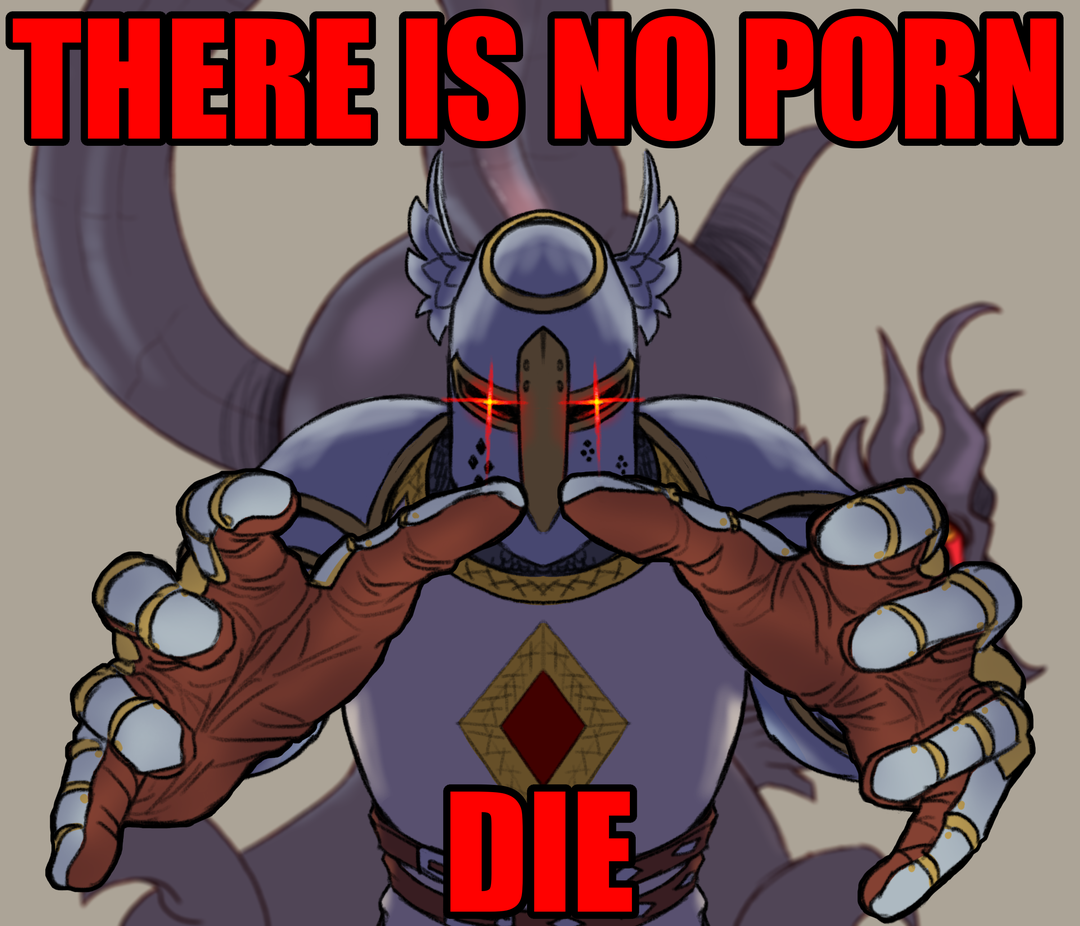$20 and $10 shipping: 😡
$30 and free shipping: 😄
deleted by creator
This reminds me of my early shopping days using EBay, where it wasn’t uncommon for sellers to under-price their products so they show up near the top of the price (cheapest-most expensive) sort pile, and then charge an outrageous amount in shipping.
I’ve found that almost always (at the time), that the seller offering free or low cost shipping was usually cheaper.
deleted by creator
Part of it is that there’s less hidden costs. I like it when it’s just “the total is $30” instead of “there’s $8 shipping and a $2 service fee and then $4 in taxes and…”
I’ve also seen some online stores lure in a customer with a really cheap initial price and then on the last page just slam them with insane shipping and handling fees hoping that the customer either doesn’t notice or feels too invested at this point to cancel their purchase.
But yes, part of it is also people are stupid when they see the word “free” as if the store wouldn’t move the cost somewhere else.
That at least allows you to retrieve the full amount if you return the goods. Shipping costs you don’t get back.
I don’t understand people who won’t pay £5 for shipping, but will instead spend another £15 on something they don’t need so they get free shipping.
All you’ve done is lost money.
It depends. If it’s something I know I’ll use, especially a consumable, I’ll do it.
I’ll admit, this works on me sometimes.
I hate that it does, but it do.
But it IS how we see prices. If there weren’t science behind it, they wouldn’t be doing it.
deleted by creator
JC Penny kinda showed that no. It isn’t pseudocience
deleted by creator
The CEO decided that clients were smart intelligent people and treated people as adults. Aka, no discounts, no 99 pricing, it just costs what it costs, as low as we can make it, plus our margin.
JC Penny was already not too well, this helped sink them
deleted by creator
“Why would I pay $25 for these pair of pants at full price when I could pay $24.99 for those [identical] pants that are half off?! Clearly, that’s the better deal!”
Hell, could probably even make it $29.99 for the identical pants and people will still go with that because they think they’re paying five more bucks and getting a $60 pair of pants
It was less about the .99 pricing and more about “Sale” pricing and ‘coupons’. Retailers will put a pair of pants on “Sale” for 50% off 51 weeks out of the year and people think they’re getting a great deal whereas when it’s not half off, they just don’t buy.
I was watching a PBS documentary about the first humans in the Americas. All the scientists are super cool until you get to the American anthropologist who starts using phrenology to explain why Native American tribes shouldn’t be given repatriation rights, only for a Danish geneticist to say “yeah, this is absolutely a Native American and i am willing to testify to that in any court of law”
Pseudoscience is still all the rage if it can be used to push a political agenda.
Some marketing strategies are pseudoscience, but this one isn’t.
Does anyone in the thread have actual info to back this up?
You should be able to find various tests and studies of this phenomenon on Google
So, it’s a “no” than?
It’s a yes but find it yourself
This doesn’t meet the bar you want, but my marketing professor called the .99 idea the single greatest thing to come out of marketing in a century.
Sounds about right.
Marketing hasn’t done anything positive for humanity. It is all just to manipulate people into buying shit they don’t need. It is the main driver for the overconsumption.
dowsing for suckadrippas
But it IS how we see prices.
I don’t. Never did. I’m sure I’m not the only one.
deleted by creator
You do though
At some level you will favor the 19.99. You might justify it with some other rational but there will be the bias.
No, I really don’t.
No, I dont though.
It really depends on the study you choose to believe into. (No, everyone does it, isn’t a pro argument. People always had strange beliefs which later changed. I think it’s called major consensus narrative or maybe consensus reality
I like this hill, I’ll stay here. Thank you.)
The science is about how you initially react to the number. Your brain will see $19, and immediately you’ll think it’s $19. Only upon further inspection and processing through your cognition, you recognise that its $19.99, which is basically $20.
It’s that initial reaction they want, to grab your attention. Anyone who is going through life without leveraging their higher thinking will fall for this shit. Anyone who thinks, at all, won’t.
Unfortunately, there’s a nontrivial number of people who fall into that first category. People who were never taught to think. They just do.
I just wished it was mandated to list prices to include all the taxes along with it. Whether it says $19.99 or $20 still isn’t the actual price.
Recently had the worst of this. Was craving chocolate milk, find a nice size bottle of it for $3. Get to register. $6.63 total price because the glass bottle had over a $3 deposit.
Unfortunately taxes aren’t uniform across a metro area or even within a city.
Yeah, and? That doesn’t stop the individual stores from already calculating the taxes you’re going to pay at that location and putting that price on the labels on their own shelves.
Because when they advertise, those advertisements cover a larger area.
I’d rather advisements list the highest price for the area they cover than have false advertising with the prices at the store.
Then leave the advertisement alone. They still print the prices on tags at each store location.
Let them send out flyers saying item A is $20 *plus local taxes but when you get to the store the pricetag on the shelf should say $23.50 or whatever the markup ends up being at that location.
The owners of the legislature don’t want that, so it won’t get done.
The government doesn’t work for you, it works at the behest of those that have long since paid for the “elected” representatives.
Those people own companies that profit from all the misleading prices and adverts. They don’t have any interest in changing that.
Hey everything on steam is the listed price if ya live in California. We dont have a digital sales tax, which is weird.
Right? Of all the states California is the one with no tax? Even Texas has that shit.
If I had to guess its probably because the stste was kinda in a weird place when digital products were first becoming a thing so it was never implemented, and now nobody cares enough to try.
Then let’s stop talking about it 👀
I just wished it was mandated to list prices to include all the taxes along with it.
It is, in the EU.
Everyone here is hilarious thinking they’re immune to it.
But you get a penny back, isn’t that great?
Jokes on you. We have sales tax.
deleted by creator
I’m so glad coinstar bribed like 4 senators 30 years ago so we still have these gross metal circles everywhere.
I still don’t get why you guys have that and not the business.
Sellers are responsible for it. They just don’t include it in the advertised pricing, they could if they wanted to.
It’s basically for the same reason stores charge $19.99 instead of $20.
This is locally grown artisanal bullshit, it’s actually $300, please tip.
deleted by creator
I always round up the price when I see $X.99 but my grandmother always rounds it down and it pisses me off
They’re trying to fool you! Don’t be a sheep!!!
I always round way up because sales tax is so high here. 17.99 = $20. I’m usually within the $1 range when I check out.
Still boggles my mind that tax is not included in the price in the US.
It encourages more consumption
Hmm, this is the first time I get this argument, and I think you are on point.
The other argument I’ve heard is so that people will see how much the government is taking from them, and be angry about it. This would be particularly useful for politicians who campaign on smaller government.
Most people are idiots most of the time.
Some people are idiots some of the time.
No one is never an idiot.
Can confirm. I’m idiot most of the time
They may list it as $19.99 but I’m always going to call it twenty bucks and eleven cents.
These dumbasses thinks this works on us smart people. Anyway, gotta go fight some people on black friday for shit i don’t even need nor afford
Which just so happens to have been the same price all month.
deleted by creator
It was also on sale yesterday for the same price.
The only thing that I ever go for on black Friday is software. A lot of software is actually legitimately cheaper on black Friday sales.
Isn’t it just as cheap when you just download it on black friday?
No, ham radio deluxe, Topaz Labs, phrase Express, on Black Friday they’re half their normal price, if you come back in February it is twice the price that it is on Black Friday. Software companies are a special case. While it takes a lot of money and or effort to make their product, minting that product is particularly cheap. Same concept for steam sales. The real advantage is selling the product very cheaply a couple of days a year gets it out in the public more and they end up with more word of mouth sales.
This is called: Left Digit Bias
Honestly, however much I want to pretend to be better than that, I think it does work on me. Obviously not on a conscious level, I know how numbers work, but some part of my monkey brain sees the 1 instead of the 2 and therefore concludes that it must be way cheaper. It’s a feeling that no amount of facts is going to disable. And in the end many purchasing decisions aren’t based on a full analysis but on feelings.
Honestly I just want tax included on the price tag.
That is honestly insane.
In NZ the sticker price is what you pay, if the price on the sticker doesn’t include tax, it is false advertising and you pay what is on the sticker.
It is entirely up to the retailer to ensure that the price is correct. The only exception to this, is if the price is obviously wrong e.g. $5.00 rather than $500.
It really is considering how easy it would be to implement.
That’s an American problem too
It never works on me. I was taught at a very early age that pricing down by one cent of one dollar is a psychological trick and that I should round up to the nearest whole number.
Funny thing is, it still works.
On people who are actively trying to compensate for it, or did you just mean the overall population?
Yes, even them. It is all subconsciously.
Everyone believes they can’t be tricked by those simple things.
same way placebo still works (to a degree) even when you know it’s placebo
your subconcious is not logical, and no amount of conscious logic will fully defeat its influence
to think yourself immune is foolish and dangerous, that’s when you allow it to work even better as you “logically” explain away every manipulation you were influenced by, and convince yourself you made a decision fully by yourself. The danger gets even hotter when it comes to political propaganda that uses the exact same tricks as marketing
Yes, for the general population. Otherwise, companies will stop the psychological pricing. Same with corporate snooping to see our shopping and grocery habits and then send us with targeted ads.
that’s the important caveat:
it does NOT work on everyone, but that’s irrelevant.
if it works on even 1% of people, but has zero effect on everyone else, companies would still use it everywhere anyways.
a 1% difference over even just a couple thousand customers adds up over time.
so, no, it doesn’t work on everyone, and it doesn’t have to.
it just has to work on some people, and not deter any more people than it works on.
if anyone wonders when it does and does not work: like most of these psych-tricks the effect mostly disappears when you point it out to people or otherwise make them actively think about what they’re buying.
same for the change-the-layout-of-the-store-all-the-time thing: doesn’t work on all people, doesn’t have to.
On idiots. So on probably around 40% of population.
It actually works on smart people too.
Not really.
It does work believe it or not. It is something that plays to your subconscious. You will favor the slightly cheaper option even if you aren’t aware of it.
I learned all about this in “thinking fast and slow” by Daniel Kahneman. He talks about system 1 and system 2, where system 1 is your kind of knee-jerk reaction to a thing (thinking fast), and system 2 is the contemplative and careful consideration of a thing (thinking slow).
I would argue that some people overly leverage system 1 (thinking fast) because it’s generally easier, and takes less time and mental effort to do. Those that either can’t, or are unwilling to engage system 2 in their day to day activities, will 100% fall for these kinds of misleading prices, since system 1 is cutting so many corners so that it can be fast and efficient (mostly on how much energy is used), that it skips a lot of the cognitive steps and goes right to the (often incorrect) conclusion. That $19.99 is $19 (or $10 in some cases).
In the book, they discuss that system 1 often gives the wrong information that is later rejected by system 2 when further consideration is given to a particular input/stimulus.
If someone isn’t engaging system 2 as a check to ensure system 1 isn’t lying to them, then shit like $19.99 seems cheaper than $20. It doesn’t hold up to any scrutiny, but they’re not targeting thoughtful people with these practices. For thoughtful people, there’s functionally no difference between $19.99 and $20.
Yes, the difference is one cent, but given that one cent is so worthless in today’s society, to the point that Canada stopped making one cent coins (and other countries have done so as well), there’s functionally no difference between the prices.
One cent is only worth anything if it is combined with many other cents. The sum of those pennies becomes valuable when you conglomerate enough of them.
That’s a great way to put it
Horrible idea: plugin that rounds all numbers up
Perfectly great idea!
Recursively
that would explain the google fine in russia
deleted by creator
not just cheaper though
even subconsciously $15.55 will not be that better than $15.56
but in a change from $20 to $19.99 the whole first number is smaller, and that gives our ape brains the feeling that it’s not as expensive
to reveal the vibes your brain operates on, think about bigger numbers. Imagine yourself to be in kind of a rush, you want to buy something, but family is waiting, or you need to walk your dog, or maybe you’re doing shopping before work, regular life stuff,
first scenario
an identical item is sold for $2920 in the first store you visit, and for $2970 in the second store you visit. The stores are an inconvenient travel time away from each other. Do you go back to the first store?
second scenario
now, an identical item is sold for $2975 in the first store you visit, and for $3025 in the second store you visit. The stores are still an inconvenient travel time away from each other. Do you go back to the first store?
though the difference is still $50, the jump from $2975 to $3025 feels more significant than $2920 to $2970. And obviously many of us will go back to get the cheaper option in both cases, but there’s a lot of people on this planet who have money to spare but not the time, and a lot of other circumstances too, marketing people know it and will do their damnest to sway you to buy their product



















